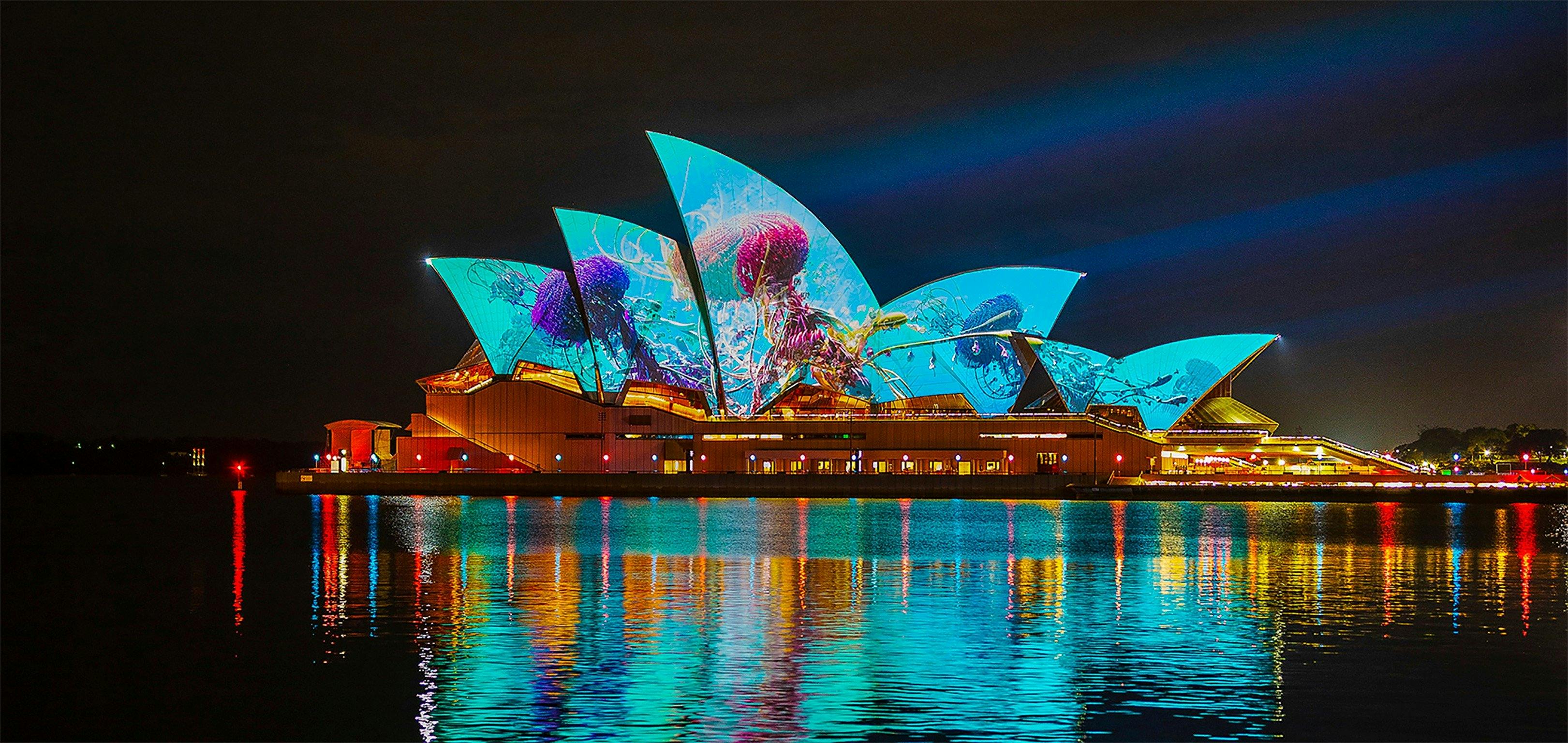

“Sonic Mapping in Leonardo's Disegni.” Leonardo Da Vinci Between Art and Science | Themes And Essays - Music - Eisenberg, Columbia University, 28 Mar. Leonardo’s interest in the fading of sounds bleeds into his interest in firearms, namely the acoustical aspects of firing cannons, rifles, and the like.Įisenberg, Michael. Da Vinci wrote about volume and the fading of sounds, and observed that you cannot categorize sounds as “small” or “large”, because the distance from which you hear a sound impacts it’s dynamics. Da Vinci connected the decay of sound through space to his findings of diminishing perspective optics, on which he based much of his artwork. Many of da Vinci’s creative breakthroughs came from connecting the unconnected. The bell appears a total of 40 times in Leonardo’s writings. Da Vinci knew that the bell can produce different sounds in different regions, and by dampening other regions with the lever heads, the bell can produce multiple different pitches.
In Leonardo’s Madrid Manuscript II, he depicts a bell being struck with two hammers at its base, and a lever with mechanically-operated heads meant to alter the pitch of the bell.

It was his interest in acoustics that allowed Leonardo to invent new instruments, and improve upon existing ones. Da Vinci played several instruments, including the lira da braccio which is a type of lyre often used by Italian poet-musicians to accompany their poetry recitations. Not only was da Vinci interested in the logistics of sound and how it travels, he was also a musician. Da Vinci was especially interested in underwater acoustics, and discovered this science in 1490 when he inserted a tube into water and was able to detect vessels by ear. He is often credited with discovering that sound travels in waves, allowing Galileo to later on discover more properties of sound waves. As a scientist, da Vinci was interested in how sound moves through different materials.


 0 kommentar(er)
0 kommentar(er)
